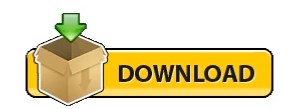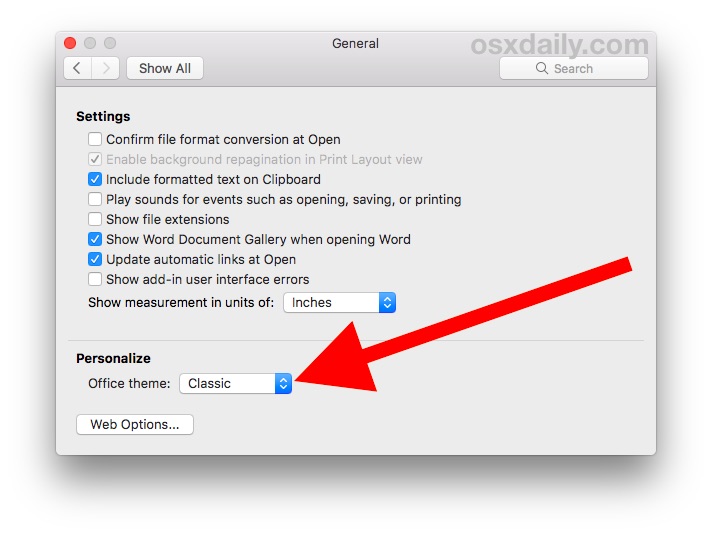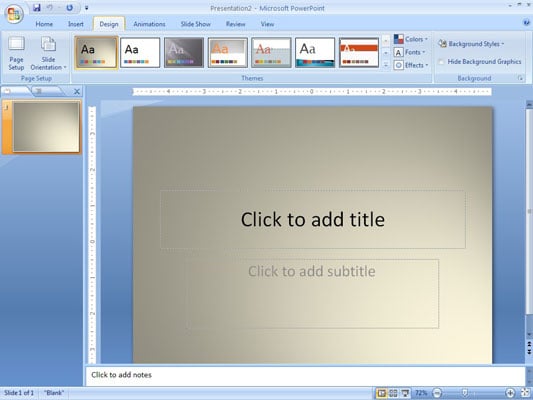

- #Get green theme microsoft word for mac install
- #Get green theme microsoft word for mac code
- #Get green theme microsoft word for mac windows
The theme incorporated a blue, green, and silver color scheme.
#Get green theme microsoft word for mac windows
In the end, Microsoft settled on another theme called Luna when Windows XP was released in 2001. Instead, Windows developers used it as a placeholder when creating the theme for Windows XP. The Candy theme was never actually released. These elements also appeared in Microsoft XP. The Aqua theme uses shadows, metallic textures, and rounded buttons. One of those themes was labeled “Candy,” and it bears a resemblance to Apple’s Aqua interface.
#Get green theme microsoft word for mac code
( You will have to get in " Table Properties" for fine tuning).Ĭreate a " Paragraph Style" with the name of " Code" just for your code snippets ( as mentioned in )Ĭreate another " Paragraph Style" with the name of " Code_numberline" that will be based upon the previous created style, but this you will add a numbering line in its definition (this will automate line numbering).Īpply " Code_numberline" to the first column, and " Code" to the 3 column.A recently leaked source code revealed unreleased themes for Microsoft’s Windows XP OS. Make the adjustments to cells' spacing and columns' widths to get the desired aspect. Select the table, and make its borders invisible (" No Borders" option), and activate " View Gridlines" option. I have created an easier method using tables, as they are easier to create, manage, and more consistent ( with the possibility to save the table's style inside the document itself), but I couldn't find a better way for code colouring scheme, sorry for that. SciTE supports the following languages but probably has support for others: Abaqus*, Ada, ANS.1 MIB definition files*, APDL, Assembler (NASM, MASM), Asymptote*, AutoIt*, Avenue*, Batch files (MS-DOS), Baan*, Bash*, BlitzBasic*, Bullant*, C/C++/C#, Clarion, cmake*, conf (Apache), CSound, CSS*, D, diff files*, E-Script*, Eiffel*, Erlang*, Flagship (Clipper / XBase), Flash (ActionScript), Fortran*, Forth*, GAP*, Gettext, Haskell, HTML*, HTML with embedded JavaScript, VBScript, PHP and ASP*, Gui4Cli*, IDL - both MSIDL and XPIDL*, INI, properties* and similar, InnoSetup*, Java*, JavaScript*, LISP*, LOT*, Lout*, Lua*, Make, Matlab*, Metapost*, MMIXAL, MSSQL, nnCron, NSIS*, Objective Caml*, Opal, Octave*, Pascal/Delphi*, Perl, most of it except for some ambiguous cases*, PL/M*, Progress*, PostScript*, POV-Ray*, PowerBasic*, PowerShell*, PureBasic*, Python*, R*, Rebol*, Ruby*, Scheme*, scriptol*, Specman E*, Spice, Smalltalk, SQL and PLSQL, TADS3*, TeX and LaTeX, Tcl/Tk*, VB and VBScript*, Verilog*, VHDL*, XML*, YAML*. Simply choose your language from the language menu, type your code, high-light code, select Edit->Copy as RTF, paste into Word with formatting (default paste).
#Get green theme microsoft word for mac install
You can also use SciTE to paste code if you don't want to install heavy IDEs and then download plugins for all the code you're making. (The main problem? Printed pages typically aren't as wide as editor windows so wrapping will suck.) :-)Īn advantage of doing it this way is that it is easy to adapt to whatever code you're doing you don't have to rely on some IDE to figure out whatever is going on for you. Long chunks of code probably should not normally be in something that's going to go on a dead tree. It's then pretty simple to go through and mark up a pasted example as being code and have it come out looking really good, and this is works well for short snippets. I then create additional character styles on top (e.g., " Comment", " String", " Keyword", " Function Name Decl", " Variable Name Decl") which I layer on top those set the color and whether the text is bold/italic.

I also make sure that inter-line and inter-paragraph spacing are set right. What I do is create a paragraph style (perhaps called " Code Example" or something like that) which uses a monospaced font, carefully chosen tabs, a very light grey background, a thin black border above and below (that helps visibility a lot) and with spelling turned off. When I've done this, I've made extensive use of styles.


 0 kommentar(er)
0 kommentar(er)
